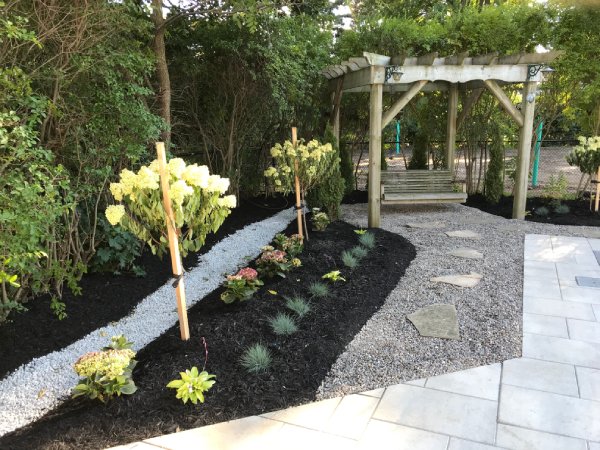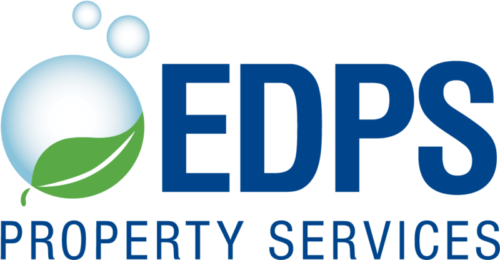
Maintaining healthy and vibrant garden beds is a goal for many homeowners, and one of the essential tools in achieving this is mulch. Mulch offers numerous benefits to your lawn, including moisture retention, weed suppression, soil insulation, and enhanced aesthetics. In this comprehensive article, we will explore the different types of mulch, its advantages, and provide you with tips and tricks on how to effectively use mulch to maintain a lush and healthy lawn.
The Importance of Mulch
Mulch is a protective covering applied to the soil surface around plants and trees. It acts as a barrier, providing a range of benefits that contribute to the overall health and vitality of your lawn. Some of the key advantages of using mulch include:
- Moisture Retention: Mulch helps to conserve moisture in the soil, reducing the need for frequent watering. It acts as a protective layer, minimizing evaporation and allowing water to penetrate the soil more effectively.
- Weed Suppression: Mulch acts as a natural weed suppressant by blocking sunlight and inhibiting weed germination. This reduces the competition for nutrients and resources, allowing your lawn to thrive without the interference of unwanted plants.
- Soil Insulation: Mulch acts as an insulating layer, protecting the soil from extreme temperature fluctuations. It keeps the soil cooler in hot summer months and warmer during colder periods, creating a more stable and favorable environment for plant roots.
- Soil Enrichment: As mulch breaks down over time, it adds organic matter to the soil, improving its structure and fertility. This organic matter enhances nutrient availability, promoting healthier root growth and overall plant vigor.
The Different Types of Mulch
There are several types of mulch available, each with its unique characteristics and benefits. The choice of mulch depends on factors such as personal preference, local availability, and the specific needs of your lawn.
How to Apply Mulch
To maximize the benefits of mulch, it’s important to apply it correctly. Follow these tips to ensure proper mulch application:
- Depth and Coverage: Apply a layer of mulch that is 2-4 inches deep around plants and trees. Avoid piling mulch against plant stems or tree trunks, as this can promote disease and insect issues. Mulch should cover the soil surface uniformly, extending a few inches beyond the plant’s root zone.
- Mulch-Free Zone: Leave a small mulch-free zone around the base of plants to prevent moisture buildup and potential rot. This area allows air circulation and reduces the risk of fungal diseases.
- Maintenance: Regularly monitor the thickness of mulch and replenish it as needed, especially as it breaks down over time. Remove any weeds or unwanted plants that manage to emerge through the mulch layer to maintain a clean and healthy lawn.

Mulching Dos and Don’ts
To ensure effective mulching, keep these dos and don’ts in mind:
Dos:
- Do choose the appropriate type of mulch for your specific gardening needs. Consider factors such as climate, soil type, and plant preferences when making your selection.
- Do apply mulch when the soil is moist to ensure better adhesion and moisture retention. Water the area before applying mulch if necessary.
- Do regularly check for proper mulch depth and adjust as needed. Maintain the recommended thickness to optimize its benefits without smothering the plants.
- Do monitor the moisture levels of the soil beneath the mulch and adjust watering accordingly. Mulch helps retain moisture, but it’s important to strike a balance to prevent overwatering or waterlogged conditions.
- Do mulch a wide area around trees to cover the entire root zone, extending beyond the drip line. This encourages healthy root development and protects the tree from temperature extremes.
Don’ts:
- Don’t use mulch that contains chemicals or pesticides that may harm your plants or the environment. Opt for organic mulch options or ensure the safety of inorganic mulch materials.
- Don’t pile mulch directly against the trunks or stems of plants. This can create a moist environment that encourages rot and pests. Leave a small gap around the base of plants for air circulation.
- Don’t apply excessive mulch depth, as it can lead to the suffocation of plant roots and create a breeding ground for pests and diseases. Maintain the recommended thickness to allow proper air and water movement.
- Don’t use mulch as a substitute for proper irrigation. While mulch helps retain moisture, it is not a replacement for regular watering. Monitor the soil moisture levels and water your lawn as needed.
- Don’t forget to refresh your mulch periodically. Over time, organic mulch will break down and lose its effectiveness. Remove old mulch and replace it with fresh material to maintain the desired benefits.
Mulch is a powerful tool that can significantly contribute to the health and beauty of your garden beds. By retaining moisture, suppressing weeds, insulating the soil, and enriching its fertility, mulch plays a vital role in creating a thriving outdoor environment. Understanding the different types of mulch, proper application techniques, and maintenance practices will help you make the most of this valuable resource. Incorporate mulching into your gardening routine, and enjoy the rewards of a lush, vibrant, and well-maintained landscape.


Recent Comments